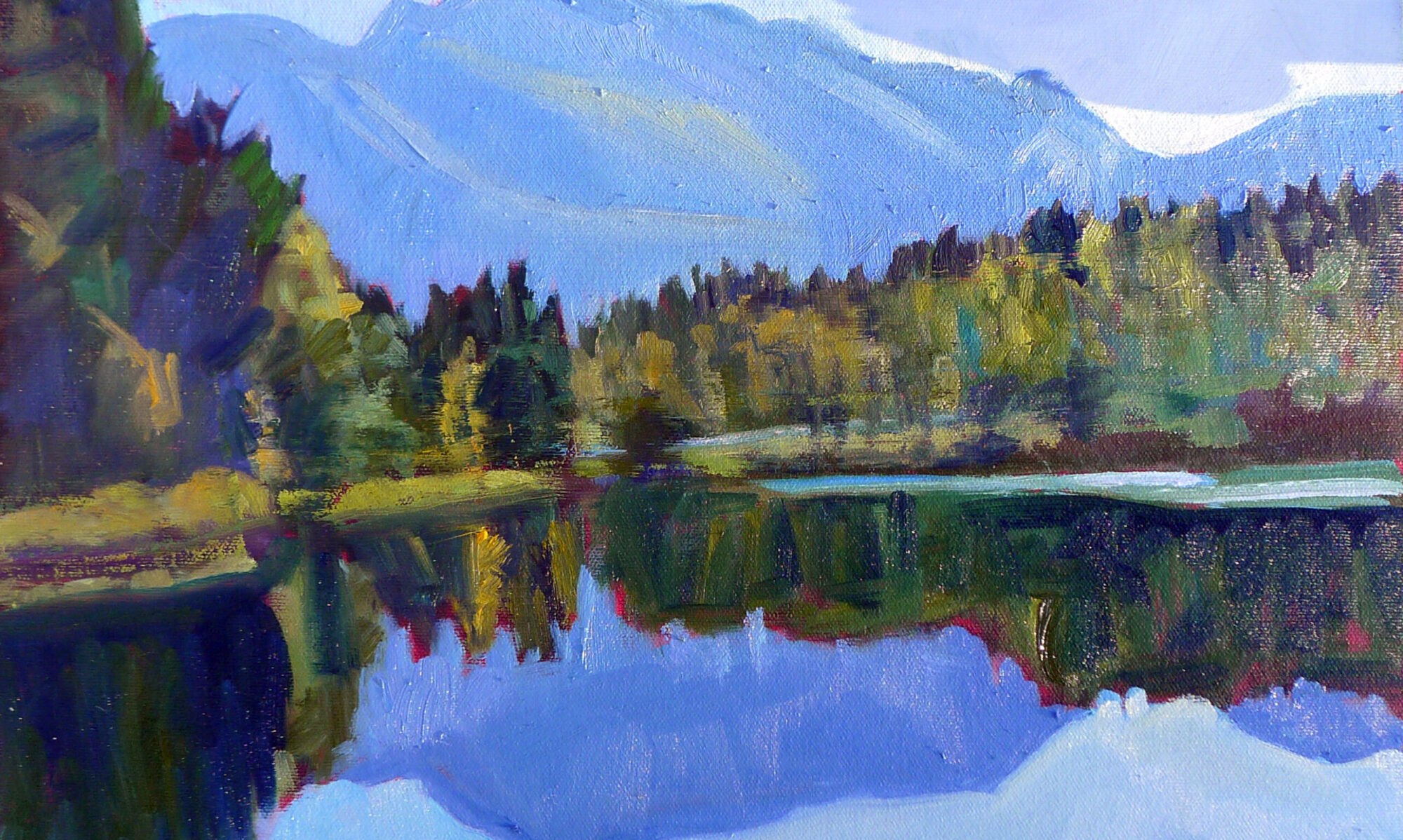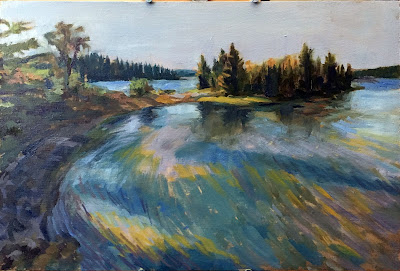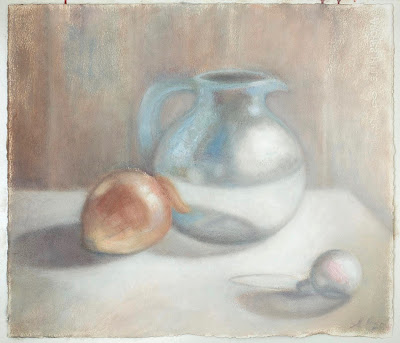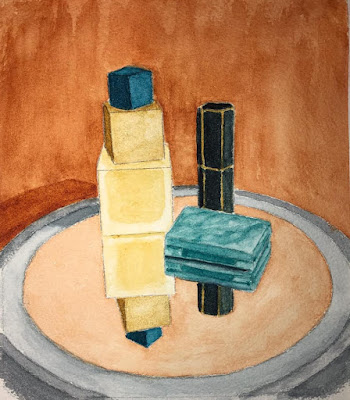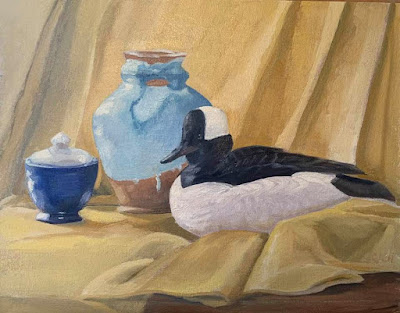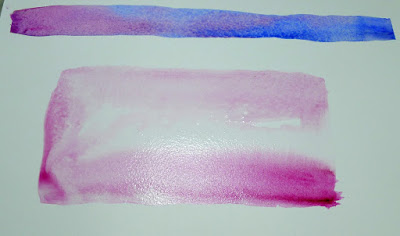Painting is great, but sometimes I’m really focused on where my next meal is coming from.
| It has to be fresh and healthy and delicious, or I won’t waste my calories on it. |
My husband revealed a secret stash of Italian pastries the other day. I’m a healthy eater, but I’m not one to look a gift Torta Novecento in the mouth.
My mother worked hard to avoid raising picky eaters, but I’m afraid she failed with me. There’s no point in using up calories if they’re not buying food made with the freshest, purest ingredients. I’d rather not eat than eat badly, which is why I pack my own lunches when flying (as I’m doing today).
 |
| Fresh bread aboard schooner American Eagle, all done by hand. |
But what constitutes good food? Our taste is both a product of our biology and learned behavior. That’s why my Chinese goddaughter loves pickled ginger and I prefer gingersnaps. What we like to eat is the result of all our senses interacting together, not just the sense of taste. That’s then overlaid with memory and emotion. That’s why our food taste is so unique and unpredictable, and why we have such strong feelings on the subject.
 |
| How food tastes is based on much more than our tastebuds. |
Last week I picnicked on a bridge abutment while painting with Ken DeWaard and Björn Runquist. We had the simplest hastily-assembled sandwiches. We all remarked that they were unusually delicious. The combination of crisp air, warm sunlight, ice and snow, and cheerful banter made our sandwiches so much better than they would have been if eaten in our cars or our kitchens.
That’s also what happens in my painting workshops aboard the schooner American Eagle. Usually, we dine al fresco on deck. The salt air, dazzling light, and company combine to sharpen the palette.
| The gam at sunset. |
Captain John Foss told me in passing that Matthew Weeks signed on for another season as cook on American Eagle. I personally think Matthew is a genius; he cooks everything exactly the way I like it. Would messmate Sarah Collins also be back, I asked. Not for the whole season, John thought, but possibly for the gam. That’s a raft-up of all the windjammers in the fleet, and it happens in June. It’s an amazing sight.
 |
| The gam is also a party. |
It’s also our first watercolor workshop trip of the year, so I think I’d better lay off the tortas and save room for Sarah’s baking. It’s incredible.
Schooner cooks add an extra level of difficulty to cooking for crowds: they’re working on a woodstove in a hot galley, below decks in the heart of a pitching, rolling ship. When the mate loudly calls out a change in tack, she’s not doing it for our amusement; it’s so Matthew and Sarah can stop dessert from flying.
And they do without electricity. That means meringues are beaten by hand, and bread is kneaded by hand.
| We have access to fresh seafood around Maine. |
Their stove is an early 20th century Atlantic Fisherman Although it’s the proper vintage, it’s not original to the boat. “The stove that was in the galley completely disintegrated when we tried to move it, so the Atlantic Fisherman stove came from Lunenburg, Nova Scotia. Along with the steering wheel, bell, steering gear, all the rigging blocks, and a bunch of other gear,” Captain John told me. I believe that makes Eagle a dual citizen.
It would grace any historic kitchen with elegance, but it’s a hard worker. In addition to providing coffee and meals, it heats all the hot water for our ablutions. If you’re an extremely early riser, you can hear Matthew softly padding down to the galley in the wee hours. He’s firing up the woodstove. That requires a lot of firewood. It’s stacked and stored between trips and then fed into that stove, piece by piece, throughout the sail. I’m a hard worker, and I couldn’t do what those sailors do every summer.
Sadly, we had to cancel both watercolor workshops in 2020. Most of my students rebooked for 2021, but there are a few openings for both the June and September trips. However, they’re always subject to the boat’s other bookings, so if you’re interested you should contact Shary to reserve a berth. I hope you’ll join us. The painting is great; have I mentioned the food?
